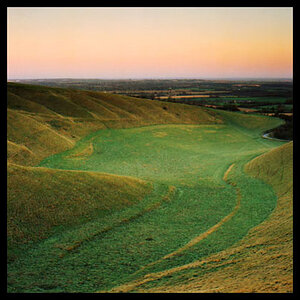- Joined
- Mar 8, 2011
- Messages
- 25,160
- Reaction score
- 9,010
- Location
- Iowa
- Website
- pixels.com
- Can others edit my Photos
- Photos NOT OK to edit
I've been trying to understand raw camera files a bit more, and I think I've got my head wrapped around it. But I want to make sure I have it straight.
So if any of my lines of thinking are wrong, please let me know:
1. Each camera sensor pixel is colorblind, so either a red, blue or green filter is placed over it (typically a Bayer array, but other methods are used). This causes the pixel to only record one color of the spectrum.
2. When the shutter opens, light strikes the pixels, and each pixel records it's red, green or blue value based on how many photons strike it during the exposure.
3. A given pixel can record 4,096 shades of it's pre-assigned color, assuming a 12-bit depth.
4. The pixel will create an electrical charge, increasing it as more photons strike the pixel.
5. When the shutter closes, the camera's processor queries each pixel for it's value, which can range from 0 to 4,096 based on how many photons struck the pixel.
6. If the camera is capable of recording raw, and that is the option chosen by the user, the values created by each sensor pixel is recorded.
7. The processor will then use adjacent pixels of red, green and blue values to create an RGB pixel used to display in the final image. It will compress the 12-bit data to 8-bit to create an imbedded jpeg thumbnail in the raw file. It will also compress the 12-bit data to an 8-bit full-size jpeg to record on the memory card if that is an option chosen by the user.
8. Once the raw file is saved, the data itself (i.e., the values recorded from each pixel) cannot be altered. It can be manipulated many ways and many times, but the original data obtained from the sensor pixels are never changed even with heavy and multiple post-processing.
9. In-camera settings, such as sharpening, white balance, contrast, saturation, etc. are saved along with the raw data, but not applied to it (unless the image is to be saved as a jpeg).
10. All digital cameras create the raw data, but not all of them are capable of recording it. Those that don't, or the option to record it is not chosen by the user, delete the sensor pixel data once the 8-bit jpeg is created.
Have I got it right?
So if any of my lines of thinking are wrong, please let me know:
1. Each camera sensor pixel is colorblind, so either a red, blue or green filter is placed over it (typically a Bayer array, but other methods are used). This causes the pixel to only record one color of the spectrum.
2. When the shutter opens, light strikes the pixels, and each pixel records it's red, green or blue value based on how many photons strike it during the exposure.
3. A given pixel can record 4,096 shades of it's pre-assigned color, assuming a 12-bit depth.
4. The pixel will create an electrical charge, increasing it as more photons strike the pixel.
5. When the shutter closes, the camera's processor queries each pixel for it's value, which can range from 0 to 4,096 based on how many photons struck the pixel.
6. If the camera is capable of recording raw, and that is the option chosen by the user, the values created by each sensor pixel is recorded.
7. The processor will then use adjacent pixels of red, green and blue values to create an RGB pixel used to display in the final image. It will compress the 12-bit data to 8-bit to create an imbedded jpeg thumbnail in the raw file. It will also compress the 12-bit data to an 8-bit full-size jpeg to record on the memory card if that is an option chosen by the user.
8. Once the raw file is saved, the data itself (i.e., the values recorded from each pixel) cannot be altered. It can be manipulated many ways and many times, but the original data obtained from the sensor pixels are never changed even with heavy and multiple post-processing.
9. In-camera settings, such as sharpening, white balance, contrast, saturation, etc. are saved along with the raw data, but not applied to it (unless the image is to be saved as a jpeg).
10. All digital cameras create the raw data, but not all of them are capable of recording it. Those that don't, or the option to record it is not chosen by the user, delete the sensor pixel data once the 8-bit jpeg is created.
Have I got it right?





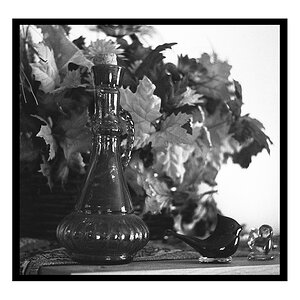


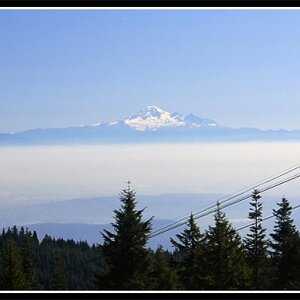

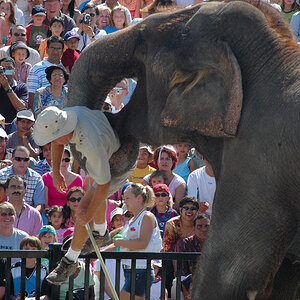
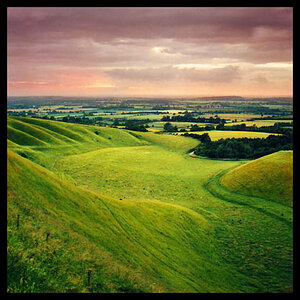
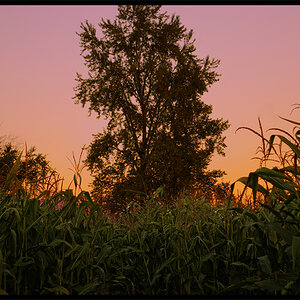
![[No title]](/data/xfmg/thumbnail/32/32807-d5379cd3a34c7d2ac3535361dd969c10.jpg?1619735667)

